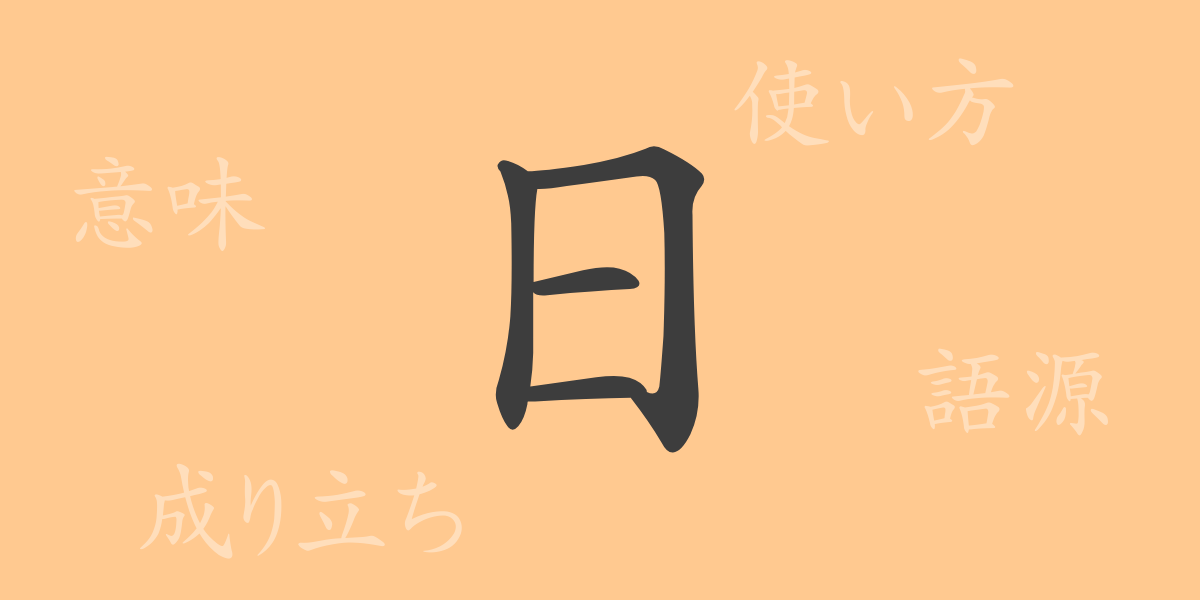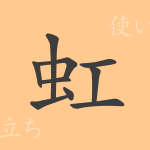In Japanese culture and language, the character ‘日 (にち/ひ)’ is an indispensable element. This Kanji, which we encounter daily, is imbued with a rich history and meaning. This article focuses on ‘日’, exploring its origins, meanings, usage, as well as phrases and idioms derived from it. Let us delve into the world of ‘日’, a symbol of the beauty and complexity of the Japanese language.
Origins of ‘日 (にち/ひ)’
The Kanji ‘日’ originated from ancient China, depicted as the sun rising above the horizon. Initially, in oracle bone script, it was shown as a dot within a square, symbolizing the sun. Over time, this representation simplified to the current form. As a symbol of the sun, ‘日’ is deeply rooted in daily life as a common Kanji in Japan.
Meaning and Usage of ‘日 (にち/ひ)’
‘日’ primarily means ‘sun’ or ‘sunlight’ and is also used to denote concepts related to time such as ‘date’ and ‘daily’. It appears in the name of Japan itself, ‘日本’, meaning ‘the land of the rising sun’. This Kanji is often used alone but also combines with other characters to form various words.
Readings, Stroke Count, and Radical of ‘日 (にち/ひ)’
The Kanji ‘日’ is a fundamental character in Japanese, with details worth revisiting:
- Readings: On’yomi ‘ニチ’, ‘ジツ’; Kun’yomi ‘ひ’, ‘か’
- Stroke Count: 4 strokes
- Radical: 日部 (にちへん)
Phrases, Idioms, and Proverbs Using ‘日 (にち/ひ)’
There are numerous idioms and proverbs that include ‘日’, each reflecting aspects of daily life and philosophical insights:
- 毎日 (まいにち): Every day, daily.
- 日常 (にちじょう): Everyday life, daily routine.
- 日日是好日 (にちにちこれこうじつ): A proverb meaning ‘Every day is a good day’, teaching the importance of cherishing each day.
- 一日一歩 (いちにちいっぽ): A phrase meaning ‘one step each day’, emphasizing the importance of steady progress.
Conclusion on ‘日 (にち/ひ)’
The Kanji ‘日’, with its simple structure, holds a variety of meanings and uses. It symbolizes the sun and represents the flow of time and daily life, making it essential in the Japanese language. Understanding the background of such characters can enrich your writing, allowing for deeper expression. Through this exploration, we hope you have gained an appreciation of the rich world embodied by the character ‘日’.

























